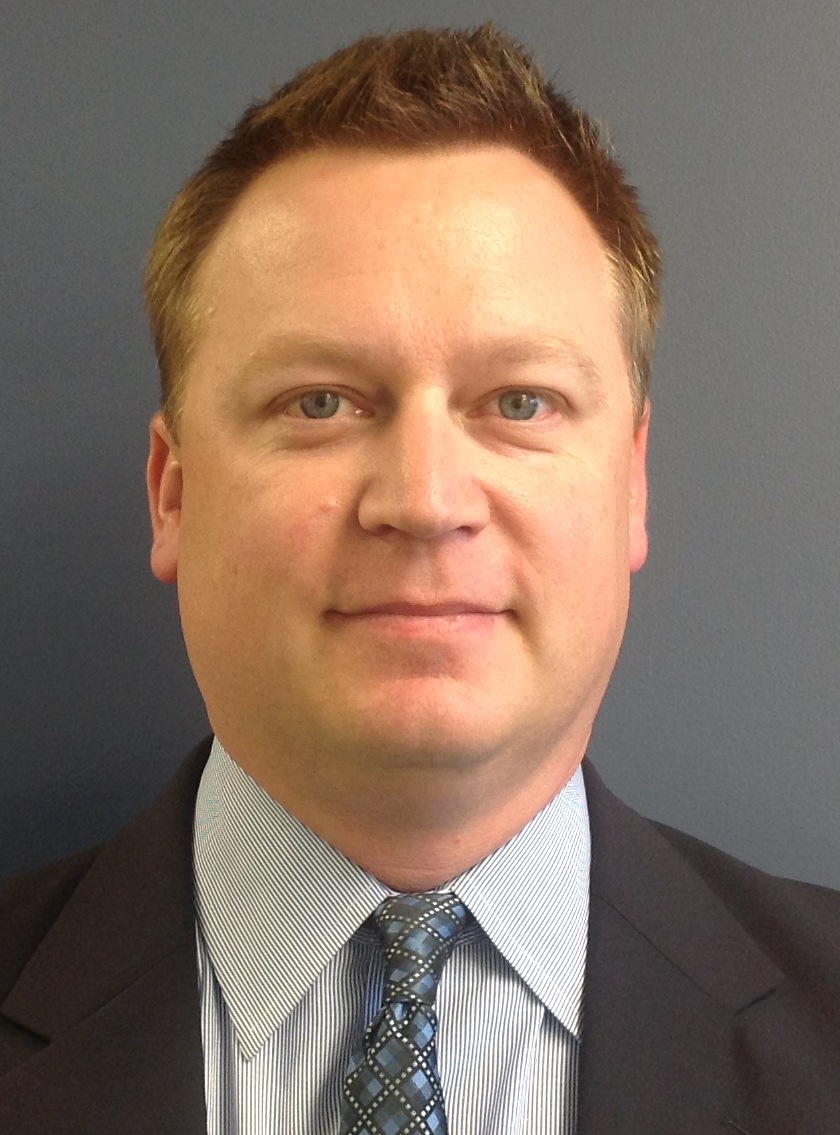New Course: Innovative Water Partnerships
March 12, 2020

By Alec Masella
Decision-making for water sustainability is a process that involves many stakeholders every step of the way and often requires participation from the public sector, especially when the goal is new policy. Dr. Seth Brown co-teaches the Innovative Water Partnerships course, which is designed to equip students with the skills to see sustainability initiatives through from start to finish. While this course focuses on water management, the skills required for coordinating public–private partnerships are transferable to many other fields of sustainability. The complexities of sustainability governance can be daunting, but Seth is confident that students will walk away from the course with a firm grasp of environmental problem-solving.
“First, we will identify issues surrounding water, such as resilience, stormwater runoff, and waste,” he says. “This will give us the motivation to learn about the numerous ways we can solve problems. For example, there is a current trend toward using natural based infrastructures. But how do we go about acting on these ideas? What is the first step? In this course, we will learn about the regulatory factors that come into play during the idea-to-action process.”
Getting traction
In the case of water infrastructure, understanding the dynamics of funding procurement and financing, state governance, and utility regulation are crucial. Terminology, and how government capabilities can differ from region to region, are imperative to initiating sustainability projects.
Seth explains, “We introduce an emerging concept called a ‘Community Based Public–Private Partnership (CBP3) program approach.’ My colleague and co-instructor Dominique Lueckenhoff pioneered this partnership approach while at the EPA. This is a central concept in the course. In teaching it, I want students to learn how to most efficiently and cost-effectively implement and maintain water infrastructure while driving social and economic benefits locally as well. An example would be supporting the formation and utilization of local small and minority-owned businesses as part of a public–private partnership plan to generate local investment and benefits.
Clearing bureaucratic barriers
Since the bulk of the course focuses on the logistics behind community-led sustainability projects, students will learn how to navigate the red tape surrounding them. Students will write requests for proposals (RFP) for water-related issues of their choosing. Then, they will respond to each others’ RFPs and come up with alternative approaches to the situations. In order to write an effective RFP, students will gain an understanding of regulations, drivers, statutes, and ordinances regarding water sustainability.
“I have a nine-year-old son,” Seth says. “I often think of Innovative Water Partnerships when I talk to him because the course works similarly to his education. In third grade, you start learning the foundations of English and math, and later you are taught to synthesize. That’s an analogy for the class: we will cover every individual part that goes into addressing issues through partnerships, and then we will create a holistic image of what the entire process can look like.”
Building a case portfolio
Most of the course will rely on open discussions to discover which solutions work best for a given issue. For instance, students will look at case studies, such as the current state of Flint, Michigan, and talk about how public–private partnerships are and can be applied. By the conclusion of the course, students will have been exposed to enough case studies to fully develop the problem-solving skills needed to approach a range of water issues logically and effectively.
“I was recently part of starting the National Municipal Stormwater Alliance,” Seth explains. “The purpose of this non-profit organization is to represent state groups at the national level, to help them advocate for practical and robust assistance in helping decision makers in the water sector. As the Executive Director of this organization, as well as the instructor of this course, I want to help individual water advocates and groups be heard; but not without a plan. Like the NMSA, Innovative Water Partnerships will do just that. It will prepare decision makers with the tools they need to execute projects locally that will impact people globally.”

Dr. Brown is the Principal and Founder of Storm and Stream Solutions, LLC, a consulting firm providing a range of services from policy and alternative project delivery analysis in the stormwater sector to facilitation and training services focused on stormwater topics. He was the Director of Stormwater Programs at the Water Environment Federation 2010–2015 and is currently the Executive Director of the National Municipal Stormwater Alliance, which is a 501(c)(3) representing stormwater-focused organizations in 15 states across 8 of the 10 U.S. EPA regions. Seth has a Ph.D. in civil engineering from George Mason University, with a research focus on socio-economic modeling of incentive-based investments of green stormwater infrastructure on private properties. He co-leads a graduate course in Innovative Water Partnerships at Virginia Tech and is a licensed professional engineer in the state of Maryland.


